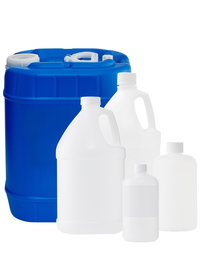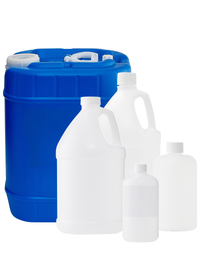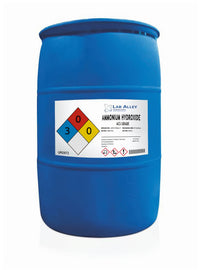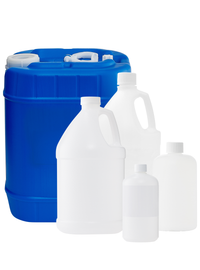Bases and Caustics
Bases and Caustics
Chemicals That Have Alkaline Properties
Bases and caustics are both types of chemicals that have alkaline properties, but they differ in their strength.
Bases, also known as alkaline substances, are chemical compounds that can accept protons (H+) or donate electrons in chemical reactions. They have a pH value greater than 7 on the pH scale, with higher values indicating greater alkalinity. Bases are commonly found in various forms, including solid, liquid, or gas.
Bases are used in many applications, such as in the production of soaps, detergents, and cleaning agents. They can neutralize acids, and their alkaline nature allows them to react with acidic substances to form salts and water.
Caustics are a subset of bases that are highly reactive and can cause severe damage to living tissues. Caustics are typically strong alkaline substances that are highly corrosive and can burn or destroy living tissue upon contact. They are capable of causing chemical burns and can be hazardous if mishandled.
Caustic substances include highly concentrated solutions of strong bases such as sodium hydroxide (lye), potassium hydroxide, and calcium hydroxide. These substances are often used in industrial processes, but their handling requires caution and appropriate safety measures due to their corrosive nature.



























